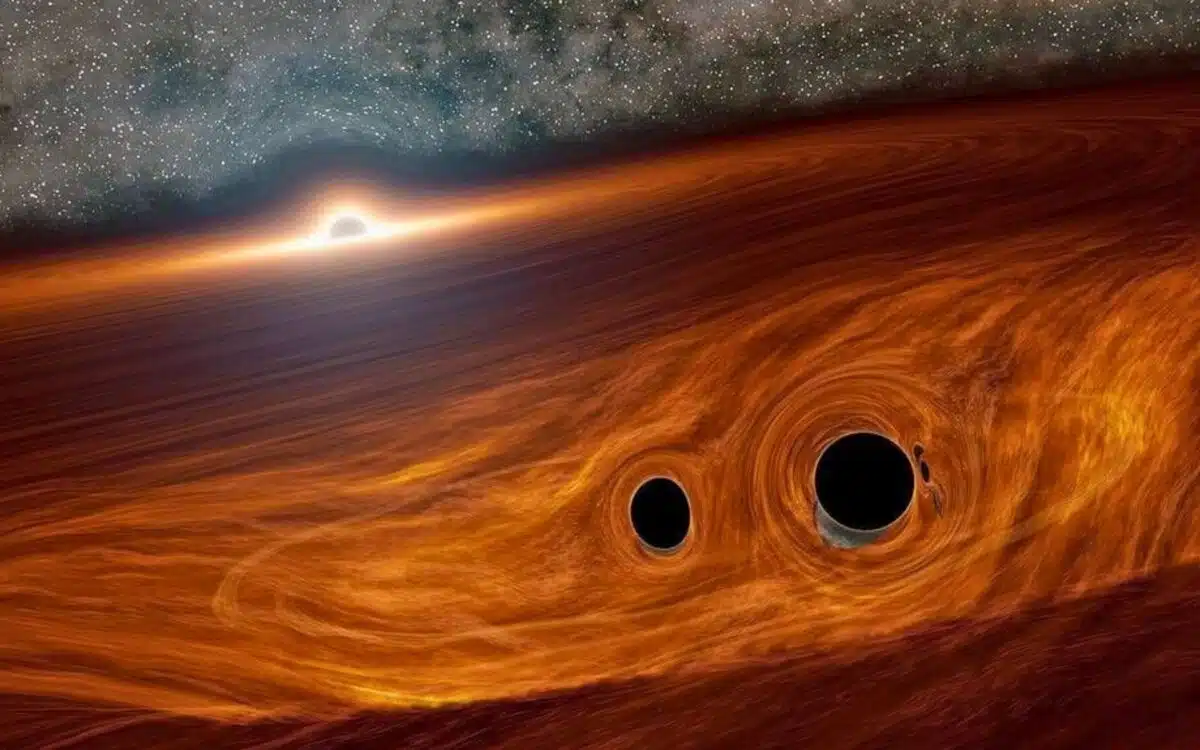
Arezki Amiri Published on November 5, 2024
Collected at: https://dailygalaxy.com/2024/11/webb-telescope-primordial-black-holes/
Astronomers have made a startling discovery using NASA’s James Webb Space Telescope: a rapidly growing primordial black hole in the early universe, challenging conventional understanding of how these cosmic giants came to be.
A Supermassive Puzzle from the Early Cosmos
Black holes, with gravity so immense that even light cannot escape, have long been the subject of fascination. Typically found at the centers of galaxies, these entities consume surrounding matter, growing in size and power. But recent observations by Webb have revealed something extraordinary. In a young universe, a black hole named LID-568 appears to be expanding at an unprecedented rate.
Discovered approximately 1.5 billion years after the Big Bang, when the universe was a mere 11% of its current age, LID-568 has a mass about ten million times that of our sun. Comparatively, it dwarfs the supermassive black hole Sagittarius A* at the heart of our Milky Way. The mystery lies in how such rapid mass accumulation could happen so early in cosmic history.
Breaking the Theoretical Limits of a Black Hole
Researchers, including Hyewon Suh of the International Gemini Observatory and Julia Scharwächter from NOIRLab, were astonished to find that LID-568 was consuming surrounding material at rates exceeding the established Eddington limit. This theoretical boundary describes the maximum energy a black hole can emit while still pulling in mass. LID-568’s hunger defied expectations, surpassing this limit by over 40 times, sparking questions about the forces at play.
“Until now, we have lacked observational confirmation of how these black holes could grow so quickly in the early universe,” said Suh. The team’s findings suggest that previously unknown mechanisms may enable such accelerated growth, requiring a rethinking of existing models of black hole formation.
What Fuels This Cosmic Feast?
Astronomers propose that primordial black holes might originate from two potential phenomena: the violent deaths of the universe’s first-generation stars or the gravitational collapse of massive gas clouds. LID-568’s dramatic growth hints at single, intense episodes of material accumulation, possibly offering clues to how similar objects in the early cosmos amassed so much mass so quickly.
The Webb Telescope’s infrared observational capabilities were crucial in this discovery, following initial detections by the Chandra X-ray Observatory. Material swirling around a black hole emits X-rays as it heats up, serving as a cosmic beacon for researchers.
“We don’t yet understand how LID-568 manages to exceed these limits,” Scharwächter explained. Further research is underway, promising to delve deeper into this cosmic anomaly. More observations from Webb will be essential to unlock the mysteries of early universe black holes.

Leave a Reply